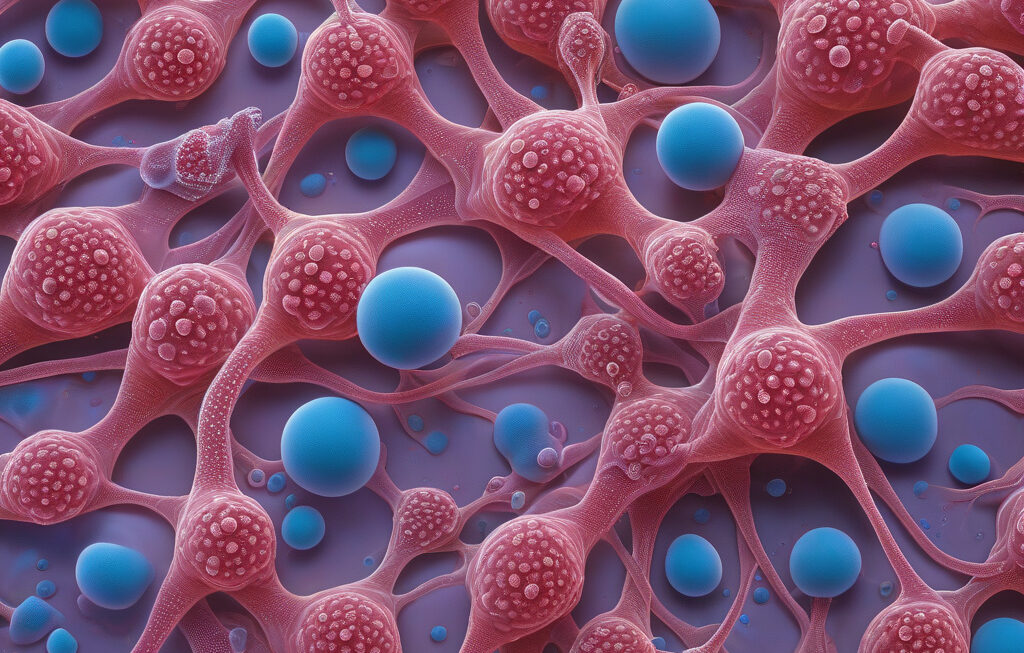Cells Engineered to Produce Biological Qubit Open New Quantum Frontier
In a groundbreaking move at the University of Chicago, researchers have achieved a significant milestone in the realm of quantum biology. By ingeniously converting a living-cell protein into a functional qubit, they have not only pushed the boundaries of scientific exploration but have also paved the way for revolutionary advancements in quantum-enabled technologies. This remarkable feat holds the promise of unlocking the doors to quantum-enabled nanoscale MRI and providing unprecedented insights into the intricate workings of cellular machinery.
The intersection of quantum mechanics and biology has long been a subject of fascination for scientists worldwide. The ability to harness the principles of quantum physics within living organisms opens up a realm of possibilities that were once confined to the realm of science fiction. With this recent breakthrough, the researchers at UChicago have brought us one step closer to realizing the full potential of quantum biology.
By engineering cells to produce a biological qubit, researchers have effectively created a quantum bit of information that can exist in multiple states simultaneously, a hallmark characteristic of quantum systems. This quantum-enabled cell has the potential to revolutionize fields such as medical diagnostics, drug development, and even the understanding of fundamental biological processes at the molecular level.
One of the most exciting prospects of this innovation is the development of quantum-enabled nanoscale MRI. Traditional magnetic resonance imaging (MRI) techniques have revolutionized the field of medical imaging, allowing for non-invasive visualization of internal structures within the human body. However, the resolution of conventional MRI is limited by the constraints of classical physics. By leveraging the power of quantum biology, scientists may soon be able to perform MRI at the nanoscale level, offering unprecedented detail and precision in imaging cellular structures.
Furthermore, the integration of biological qubits into living cells opens up new avenues for studying cellular processes with unparalleled precision. Imagine being able to track the movement of individual molecules within a cell in real-time or monitor the interactions between proteins with atomic-level precision. The insights gained from such experiments could revolutionize our understanding of diseases, drug interactions, and the fundamental mechanisms underlying life itself.
The implications of this research extend far beyond the confines of the laboratory. The ability to manipulate quantum states within living organisms has the potential to drive innovation across a wide range of industries, from healthcare to biotechnology to materials science. By harnessing the power of quantum biology, researchers may unlock new solutions to age-old problems and catalyze the development of technologies that were once deemed impossible.
As we stand on the cusp of this new quantum frontier, the possibilities are as vast as they are awe-inspiring. The convergence of quantum physics and biology has the potential to reshape our world in ways we are only beginning to comprehend. The researchers at UChicago have taken a monumental step forward in this journey, and the future they are helping to create is nothing short of extraordinary.
In conclusion, the engineering of cells to produce biological qubits represents a paradigm shift in our understanding of quantum biology. This pioneering research not only opens up new avenues for exploration and discovery but also holds the key to unlocking a future where the impossible becomes possible. As we venture further into this uncharted territory, one thing is certain – the intersection of quantum mechanics and biology will continue to inspire awe and wonder for generations to come.
UChicago, QuantumBiology, QuantumFrontier, NanoscaleMRI, CellularInsights











